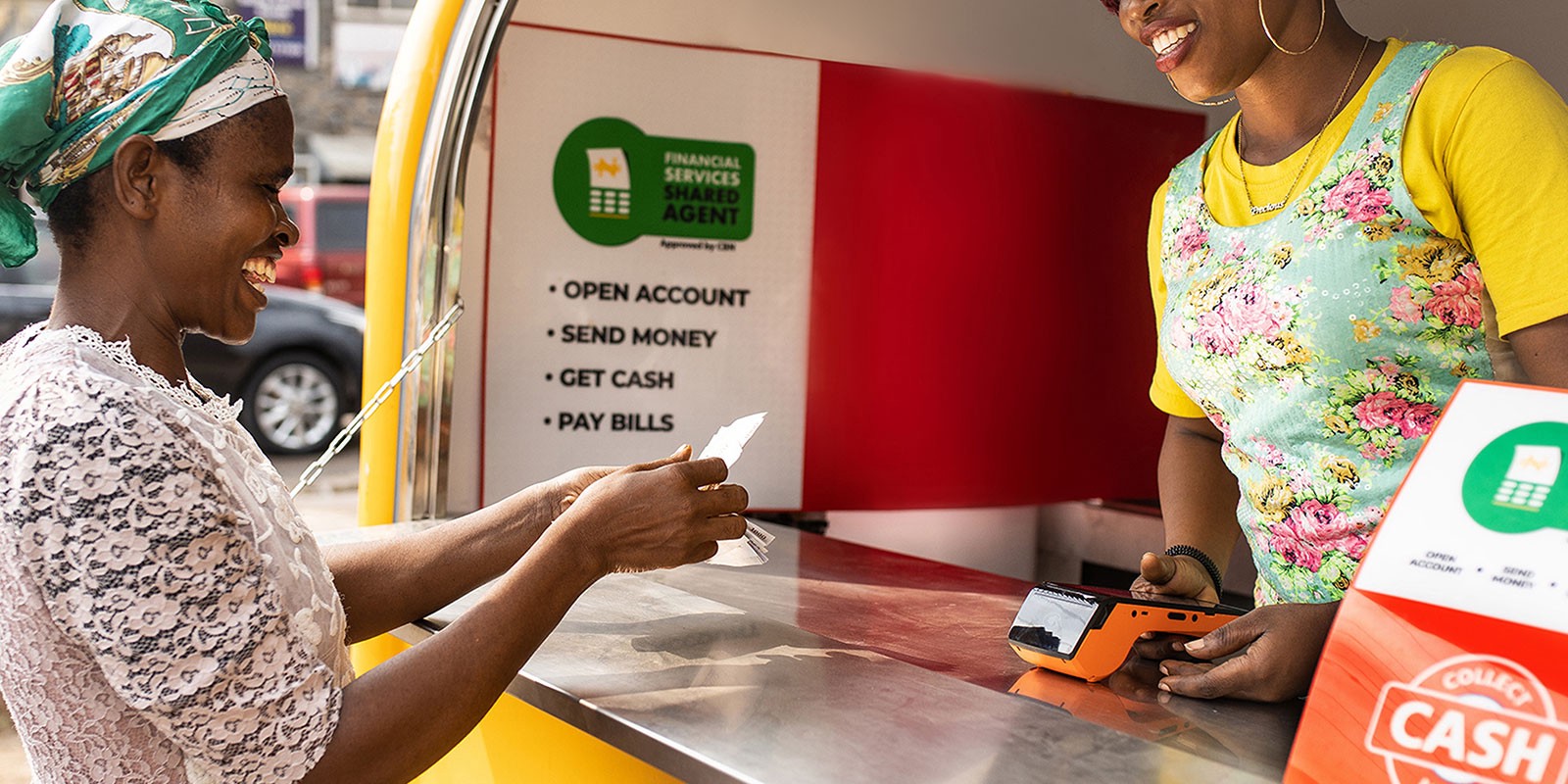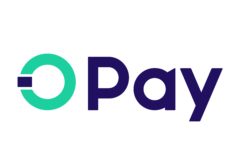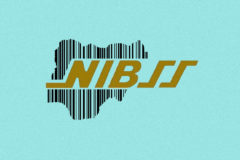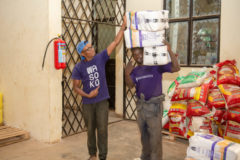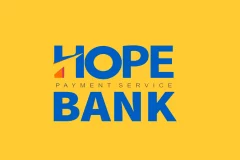Mobile payments in Nigeria are growing at an incredible pace according to data from the Nigerian Inter-Bank Settlement Scheme (NIBSS). Latest data shows mobile payments have increased by 391% since May 2019.
These are transactions happening on mobile apps and mobile wallets operated by services including OPay, Paga and FirstMonie. Transaction volume and value have ballooned, especially in 2020.
In January 2020, the volume of mobile payments topped 7.4 million transactions, up from just 724,803 in January 2019. That impressive growth has been consistent with payment traction trends since July 2019. The value of transactions between July 2019 and December 2019 nearly three times larger than the previous six months.
In 2020, transaction activity has continued to rise thanks to greater adoption of payments using mobile phones and the COVID-19 pandemic.
Focused on digitising banking for Nigeria’s unbanked population, mobile money operators use agents to provide these services in different locations, particularly rural areas. Between 2017 and 2019, this was the singular most important approach to driving mobile money penetration.
“Till late last year, the bulk of our transactions was really people going to those physical locations,” Tayo Oviosu, CEO of mobile money service, Paga told CNN in late May. “[W]ith 25,000 agents in a country where there are not that many ATMs it was providing a service to the banked and the unbanked [and] continues to.”
“[But] we are now seeing a trend towards digital and we would also be pushing and driving towards that. And what is going on with COVID-19 is helping to accelerate that.”
Since mid-2019, different services have used digital alternatives to drive adoption of mobile money services. OPay is one of them. By leveraging the digital route, the company claims it grew from 100,000 users in early 2019 to 5 million in 2020.
According to data seen by TechCabal, OPay dominates the mobile payments business, accounting for 60% or ₦102.4 billion of the total value of transactions in April which was ₦172.1 billion. Paga and FirstMonie are the other big players, with the former claiming to have over 15 million users.
The pandemic has impacted the growth of mobile money over the last three months. In April, when Nigeria’s lockdown started, the volume of mobile payments declined 19.6%. The lockdown affected three Nigerian states including Lagos, its commercial capital. It restricted commercial activity to essential services like food and forced people into their homes.
With fewer commercial activity, there was less need to make physical transactions with agents. And with the lockdown lasting for an initial two weeks, many people in the low-income band were forced to hold on to cash till after the lockdown. The pandemic also made the use of paper money a health issue, forcing people to switch to digital payments and mobile wallets.
In May, Paga disclosed it was seeing an increase in new signups and an “uptick” in digital transactions.
“We’ve seen in this quarter, it’s not yet over, but in Q2 we’ve seen over 330% quarter-on-quarter growth in new signups for the Paga wallet,” Tayo Oviosu told CNN. “And this is people using *242*, so these are mostly people with basic mobile phones registering for the account.”
“And we’ve seen an uptick in the transactions that we’re getting from people using Paga on their own as they look for options since they’re not able to go out to fund their transactions,” he added.
By May, as Nigeria’s lockdown measures eased, commercial activity slowly returned and mobile money went back into growth territory. Despite a heavily depressed economy, volume and value of mobile payments have soared to its highest ever. In that month, 9.5 million transactions, worth ₦230 billion were made.
This growth could continue in subsequent months, as OPay and Paga double down on their digital strategies.







